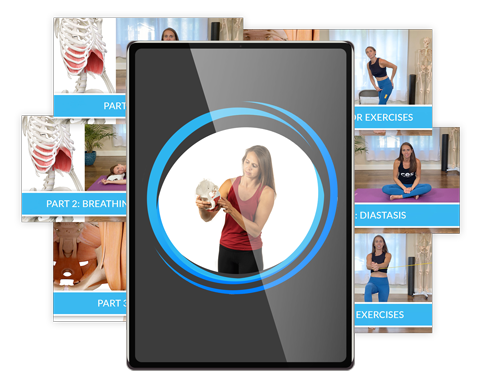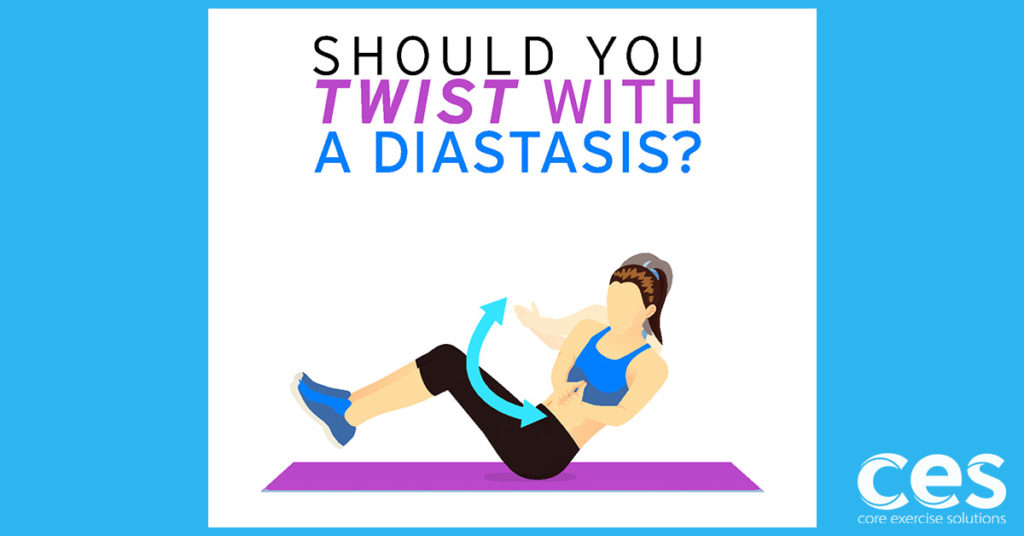Twisting can be a controversial topic. A simple Google search or scroll through Instagram can give you wildly differing opinions and reasons for or against twisting, which of course makes it my favorite topic! I love diving into the movement patterns that stir up controversy to really pick apart the why. I usually find that these topics have some well-meaning intentions behind them that get a little skewed or overly simplified along the way as they get repeated for generic advice.
You see this type of advice all the time in the “always” and “never”. The best way to find it is to keep asking “why?” Usually there is a surface why, but if you dig a little deeper you’ll find that once the surface is cracked (much like an icy pond on a warm spring day) the whole thing starts to disburse and you’re left with a lot of head-scratching and wondering why generic advice keeps getting repeated without a deeper understanding of movement and the human body.
So, let’s dive all the way down in that frozen lake till we get to the very bottom. That way you can figure out what part of this controversial movement pattern is actually good and what part should be avoided for your particular situation.
To do this, there are two main questions we need to answer.
What’s the potential harm in twisting? In other words, why should it be avoided? And, what’s the potential benefit in twisting? Or, said a much more interesting way… is there any potential harm in avoiding twisting?
That’s really the main question, right? Avoiding something is no problem, unless the avoidance itself is potentially causing harm.
Let’s start with the potential harm of twisting:
The potential harm is stressing the midline fascia too much and not only decreasing your chances of healing your diastasis but actually causing it to get worse. Fascia needs some stress to heal, but too much stress can make a diastasis worse.
I tend to use more caution when someone has a severe diastasis, especially when combined with being very newly postpartum.
The focus of the caution is very specific, though. I’m cautious with rotation through the lumbar spine, but not the thoracic spine. And that brings us to the most important question, “what’s the potential harm in avoiding twisting?”
Our spine is meant to move, but particularly our midback (thoracic) region is meant to rotate. When we try and prevent rotation we often stiffen up through our midback region. This is especially true if someone is afraid of moving in certain directions.
Nothing creates stiffness faster than fear of moving.
Once the midback locks down, then the lumbar region will pick up the slack for rotation. You will be rotating sometimes during the day, even if you’re trying to avoid it. It’s human nature, life demands reaching.
This is something I see all the time with low back patients. In an effort not to twist because twisting brought on pain, they end up locking down their midback and actually torquing more on the very disc segments they were trying not to turn through.
This is why blanket statements like, “don’t twist if you have a diastasis” make me so angry! I think they end up doing more harm than good. So now that you know you need midback (thoracic) rotation to keep your spine healthy, it’s time to start twisting again. Let’s just do it with purposeful focus.
First, start by understanding the difference between midback (thoracic) and low back (lumbar) rotation. Using a towel roll to help engage the adductors (inner thighs) can be very helpful to prevent the low back from moving excessively during rotation, thus keeping the midline fascia from receiving too much torque. This simple trick can help take the strain off the midline area and keep it in the midback/ ribcage area where it should be.
The more flexibility you have in your midback, the better you can breathe. The better you can breathe, the faster you can improve your diastasis naturally. Twisting is beneficial for healing, and not twisting could in fact hinder the healing process in the long run.
So, like most well-intended, non-specific advice…the devil is in the details. It’s not what you do but how you do it that matters most!
If you are a woman looking to heal her diastasis and get back to living life without restrictions check out the Diastasis Fix program.
Are you a fitness professional? The Pregnancy and Postpartum Corrective Exercise Specialist Course is the world’s leading women-focused corrective exercise certification for fitness and healthcare professionals.
Pelvic Floor and Diastasis: What You Need to Know About Pressure Management

Join us today for this 6-part Pelvic Floor and Diastasis Video Series, absolutely free.
This course is designed for health/wellness professionals, but we encourage anyone interested in learning more about the pelvic floor and diastasis to sign up.
We don't spam or give your information to any third parties. View our Terms of Use and Privacy Policy.

